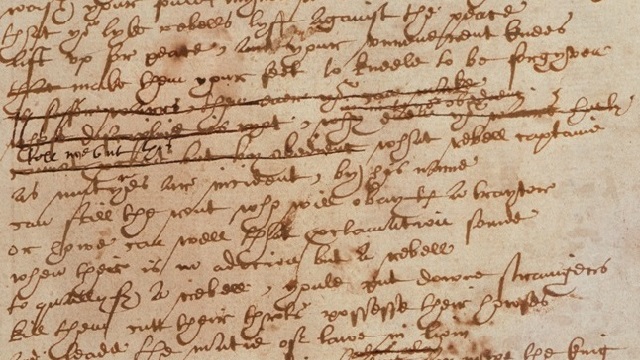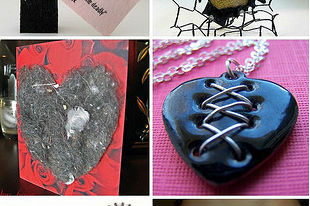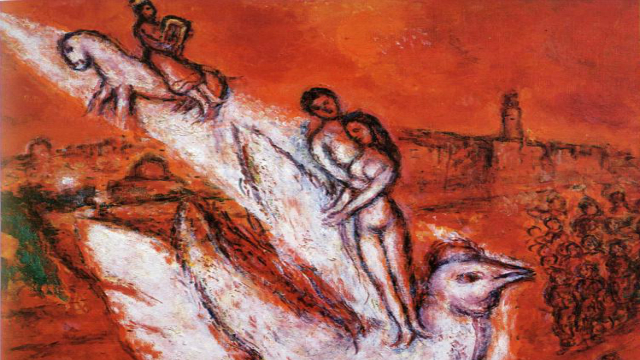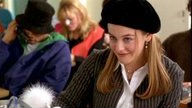From Shakespeare to the Ivy League: What Girls Want, and Fear

Caitlin Flanagan’s essay, Love Actually, in the new Atlantic, reminds us why mothers and daughters find adolescence uniquely challenging. A girl becomes a woman, and yet her relationship to that status—the lure towards it and the simultaneous desire to be protected from it—is in constant conflict. A mother knows this all too well, having survived it, and does her best to protect her daughter. But what can be done? Is there a Baedeker for this specifically female rite of passage? We have seen the girlhood trick/conflict metaphorized and novelized through the ages from Shakespeare to Twilight, but Flanagan calls attention to a more mature meditation: Anita Shreve’s novel, Testimony. This book is newly relevant (and newly heart-breaking) in the wake of the recent tragedy at the University of Virginia.
We all know Shakespeare, or enough of it. We all know Juliet. Flanagan’s point is that, increasingly, What Girls Want is a reprieve from complexity, a reprieve from pressure, a reprieve from sex. Girls want Grease, and little more, hence the popularity of variations on that theme. Is it any wonder that teenage girls today ache for something less physically fraught at a time when the media seem to keep telling them: join the cool/sex/strive party, or leave?
Let’s recall Juliet, dreaming about and waiting for Romeo to arrive for a first night together. She said this:
Gallop apace, you fiery-footed steeds, Towards Phoebus’ lodging: such a wagoner As Phaethon would whip you to the west, And bring in cloudy night immediately. Spread thy close curtain, love-performing night, That runaway’s eyes may wink and Romeo Leap to these arms, untalk’d of and unseen. Lovers can see to do their amorous rites By their own beauties; or, if love be blind, It best agrees with night. Come, civil night, Thou sober-suited matron, all in black, And learn me how to lose a winning match, Play’d for a pair of stainless maidenhoods: Hood my unmann’d blood, bating in my cheeks, With thy black mantle; till strange love, grown bold, Think true love acted simple modesty. Come, night; come, Romeo; come, thou day in night; For thou wilt lie upon the wings of night Whiter than new snow on a raven’s back. Come, gentle night, come, loving, black-brow’d night, Give me my Romeo; and, when he shall die, Take him and cut him out in little stars, And he will make the face of heaven so fine That all the world will be in love with night And pay no worship to the garish sun. O, I have bought the mansion of a love, But not possess’d it, and, though I am sold, Not yet enjoy’d: so tedious is this day As is the night before some festival To an impatient child that hath new robes And may not wear them. O, here comes my nurse, And she brings news; and every tongue that speaks But Romeo’s name speaks heavenly eloquence.
This is hot. This is not what girls want today. They’re more coy; they’re perhaps more fluent with the consequences.
Flanagan concludes:
There might seem something wan, even pitiable, about all these young girls pining for boyfriends instead of hook-ups. But the wishes of girls, you have to remember, have always been among the most powerful motivators in the lives of young me. They still are.
Elegant, and true. The most devastating images coming from the Virginia story only emphasize the fragility of certain adolescent bonds—romantic ones—in contrast to the unique strengths of others—friendships that form our sense of ourselves. Shreve’s book pre-dated this UVA tragedy, but it belongs to the same canon. Shakespeare founded it, over four hundred years ago, and we are only now free to propose: the more things change, the more they stay the same?




